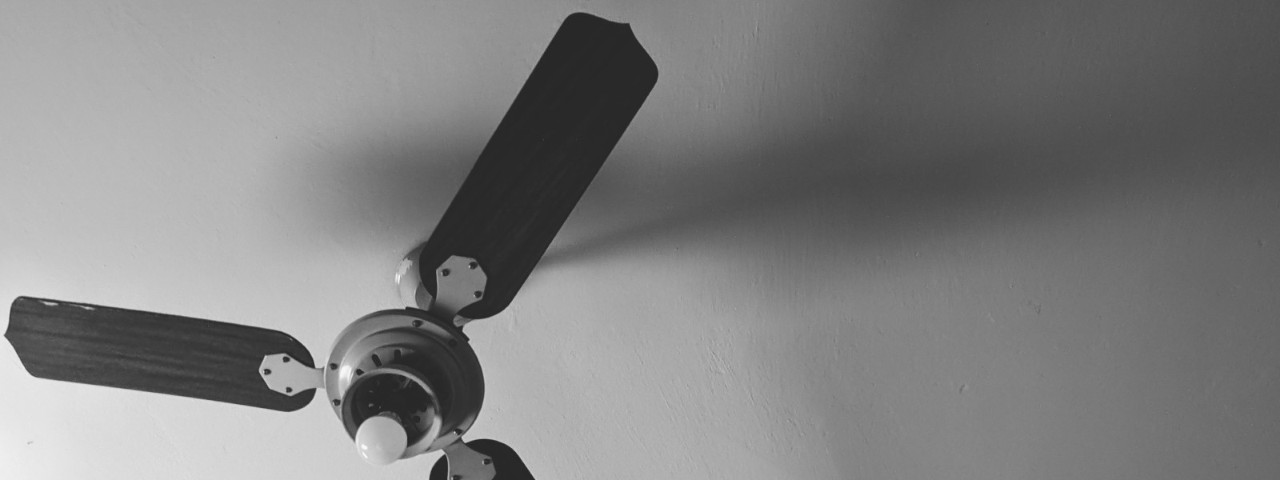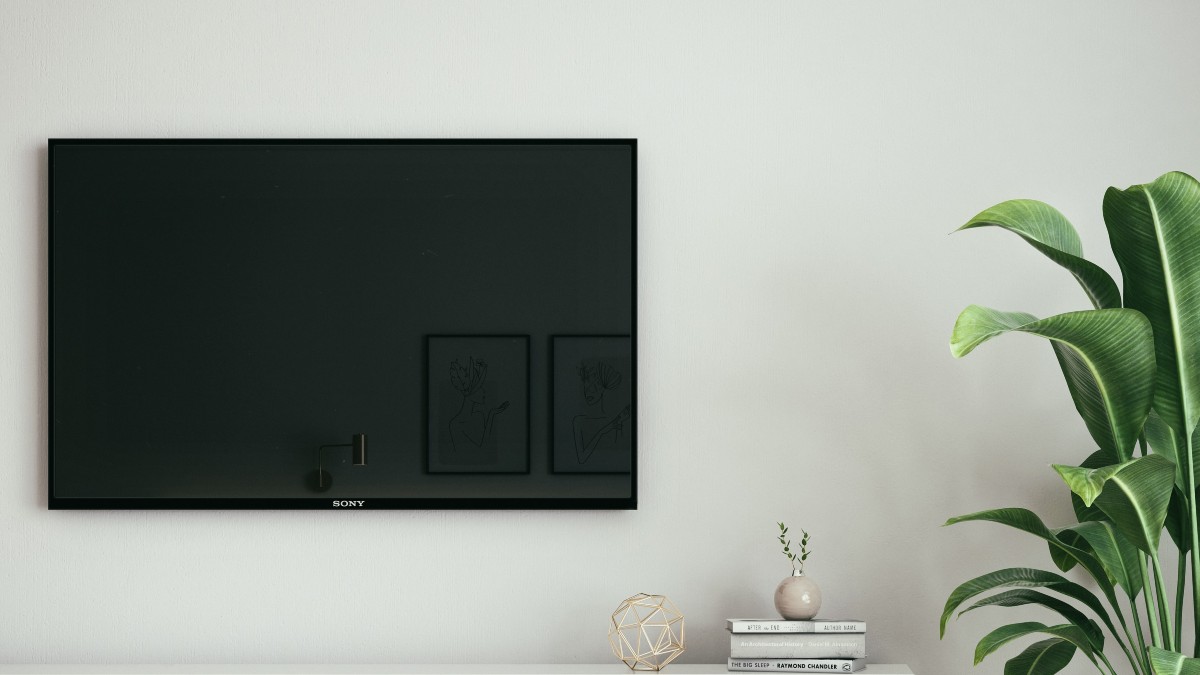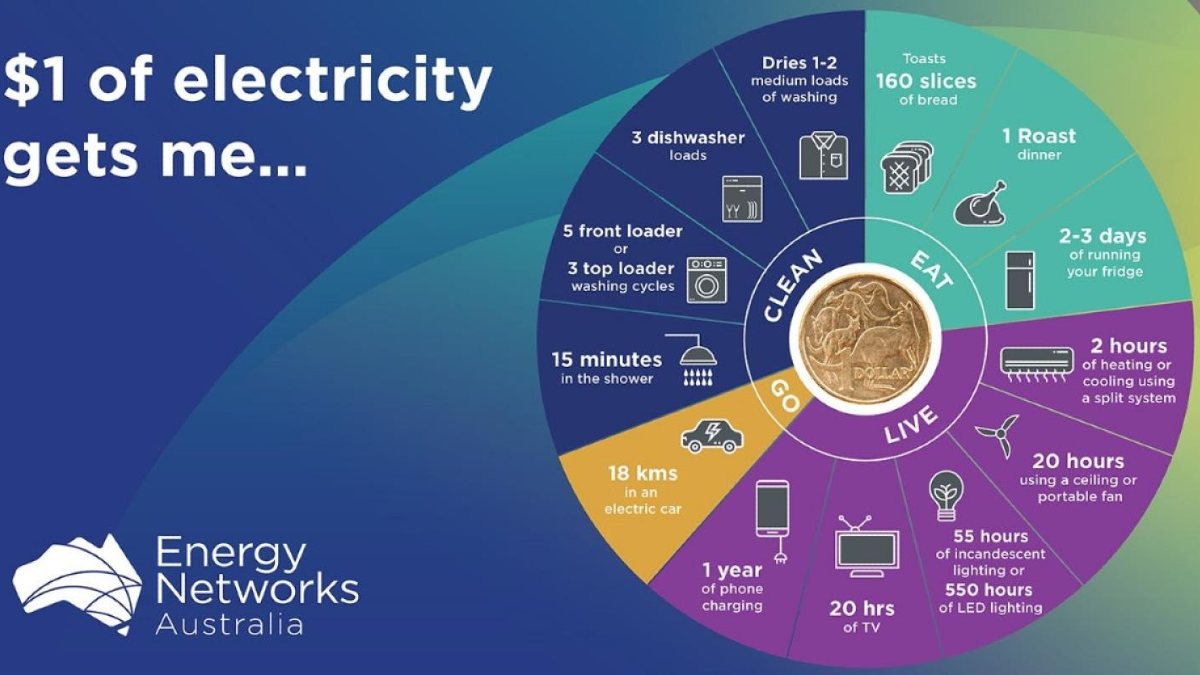Boxing Day is the perfect time to secure your next getaway, with savings on RACV Resort stays.
How much $1 power really buys you

Get more bang for your buck. This is how $1 of electricity will power your home.
One dollar doesn’t buy you much these days. It won’t get you a stamp, nor a litre of petrol – but it will get you 550 hours of lighting, or 20 hours of power to the TV, or a 15-minute hot shower.
A recent analysis by industry body Energy Networks Australia quantified how much power a single dollar will get you around the home and the results are surprising.
Feel like toast for breakfast? Well, based on a flat retail contract electricity tariff of 30c/kWh with no discounts, a dollar will buy you enough power to toast 160 slices of bread.
If you don’t want to wash the dishes by hand don’t fret about using the dishwasher because at around 30 cents a load, a dollar buys you three loads.
A single roast dinner will cost you a dollar’s worth of power and your buck will buy just two hours of split-system air-conditioner cooling compared with 20 hours using a ceiling or portable fan.
Andrew Dillon, chief executive officer of Energy Networks Australia, says breaking down energy costs into $1 amounts gives customers a better understanding of the relative cost of everyday appliances and how their energy use may impact the grid at peak times.
“Electricity bills and energy ratings can be confusing, which is why we’ve put these figures in terms of what one dollar can get you,” he says.
It also puts some running costs into perspective. “Charging your phone or running your smart home device is unlikely to have a huge impact on your bill as one dollar can get you months of usage,” Andrew says.
He says the type of appliance you use and how you use it can have a significant impact on your power bills and the demand you place on the energy grid.

“For example, a fan can use as much as one-tenth the electricity of a split-system air-conditioner, and running an air-conditioner at 24 degrees consumes much less power than setting it at lower temperatures.
He also suggests that those with solar panels think about running power-hungry appliances like the dishwasher, pool pump or washing machine in the middle of the day when the power supply is greatest.
Kieran Davies, RACV senior product manager energy, says breaking down energy costs into understandable dollar units helps people feel in control of their power usage and costs.
“You get your bill quarterly, look at the final cost and get a shock because you disassociate the cost from all the actions and power use that led up to it,” he says.
“If you drive a lot in a week and have to fill up more, you immediately associate your driving behaviour with greater expense and you know how you can cut back. But it’s easy to forget all the things you do every day in the house that add up in a power bill.”
He says considering power usage in terms of the dollar breakdown will also help people make sensible decisions when trying to save money.
“People run around turning off lights, but LED lights are cost effective – $1 buys 550 hours of LED lighting, so there’s no need to sit in the dark.”
He says the figures show there are more savings in turning off your air-conditioning, which costs $1 for two hours, when it’s not needed. On the flip side, if it’s hot you can justify spending a few dollars for comfort. “These figures give you the power to make decisions about what you use and when.”
Kieran says that on hot days it’s best to pre-cool the house using air-conditioning in the middle of the day before it gets too hot, and then set the temperature at 22 degrees, not 18 degrees, for when you get home.
Those with solar systems can play it smart by using their own solar power to pre-cool their home during the day, then switching back to the grid to maintain the temperature in the evening.
Households are still reeling from spiralling energy costs, with a 12 per cent increase in electricity prices in 2017-18 and a further 0.5 per cent in 2018-19, according to the Department of the Environment and Energy’s Australian Energy Update 2019 report.
But it found the higher energy prices as well as the adoption of more energy-efficient practices and appliances had resulted in households reducing their power consumption.

Although consumers are calling for lower electricity prices, Chris Alexander of Energy Consumers Australia says many householders are doing things off their own bat to reduce their power bills, including shifting energy use to off-peak periods for such power-hungry appliances as washing machines.
“Another great tip for consumers who can manage it is to dial down the air-conditioner a few degrees, although we need to emphasise that some people need the air-conditioner at a certain level for health reasons and safety should come first,” he says.
Jordan Oliver on behalf of power distributors CitiPower and Powercor says the companies encourage customers to learn more about their energy use so they can make smarter decisions.
“People can register for our MyEnergy tool, which allows customers to identify trends and see how their home or business uses electricity over time,” he says.
“Customers can get up to two years’ worth of their own energy-use data to identify ways to save money and become more efficient. The data can then be synced with the Victorian Energy Compare website, helping customers get the best deal on their energy use.”

What $1 of power will buy you
- 20 hours running a ceiling fan
- 5 front loader or three top loader washing cycles
- 160 slices of toast
- 2 to 3 days running your refrigerator
- 550 hours of LED lighting
- 55 hours of incandescent lighting
- 15 minutes in a hot shower
- 3 dishwasher loads
- 1 to 2 loads in the clothes dryer
- 1 roast dinner
- 2 hours of split-system heating or cooling
- 20 hours of ceiling or pedestal fan cooling
- 20 hours of television
- 1 year of phone charging
- 18 kilometres in an electric car
- 60 laptop charges
- 24 hours of playing on a gaming console like PlayStation 4
- 45 days of a smart-home device like an Amazon Echo
- 24 hours of a queen-size electric blanket
- 35 days of digital radio


